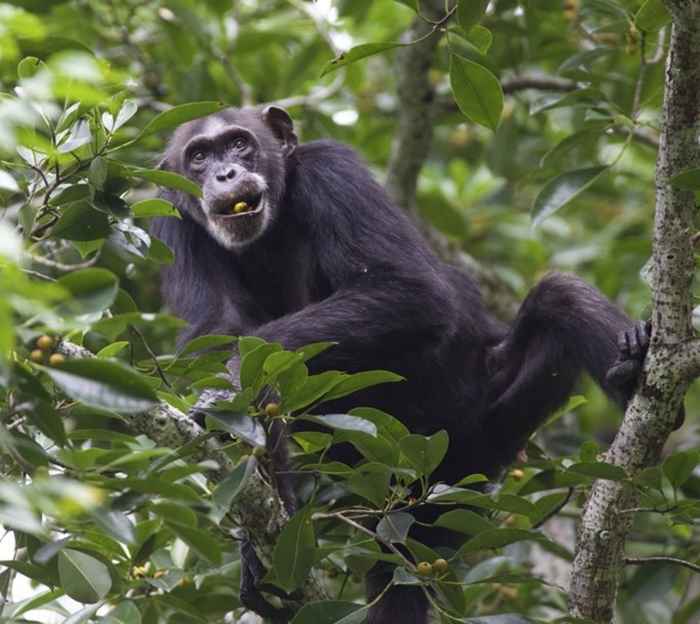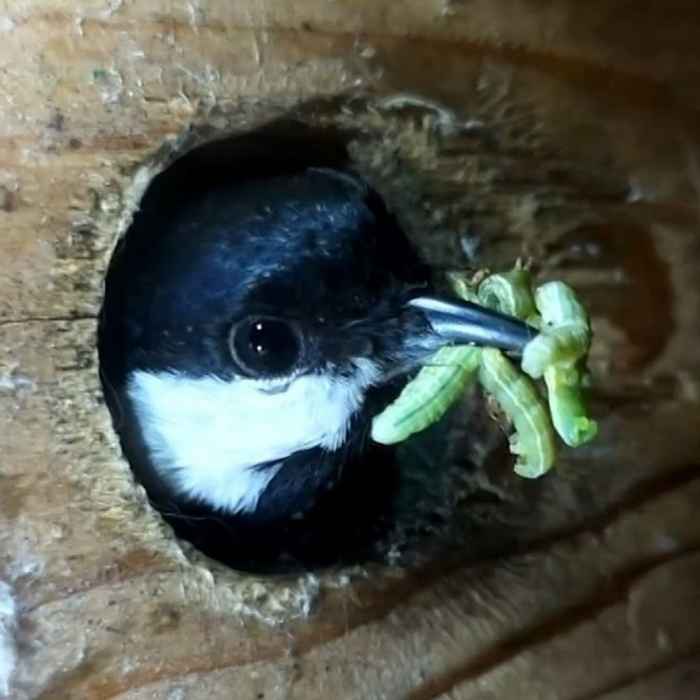Evolution of Behavior

All animals must find food to survive. Foraging involves a series of decisions, such as where to go, how long to spend in a patch, and if you are a predator, which prey to attack. We study the adaptive value of these behaviors and the (cognitive) mechanisms that produce them. In some cases, animals show irrational behavior that reduces their survival and reproduction. Were these decisions adaptive in past environments but not anymore? What can such apparent mistakes teach us about the past election pressures on these behaviors?

For sexually reproducing species, sexual attraction lies at the core of finding a suitable mate and reproduce. At EPB, our research focuses the causes and consequences of variation in sexual signals and responses to these signals in night-active butterflies (moths), where females emit long-range pheromone signals to which males are attracted. As many moth species are pests, evolution of these sexual signals and responses has important implications not only for their own survival, but also for the effectiveness of pest control, where moth sex pheromones are used for monitoring and mating disruption.
In mating, foraging, and other domains, animals often exhibit phenotypic plasticity, the ability to adjust their development to local environmental conditions. For instance, animals growing up in a dangerous environment (e.g., with many predators) may develop protective morphology and behavior. We study the conditions in which natural selection favors phenotypic plasticity, including sensitive periods in which experience has a relatively large impact on phenotypes.
Our study species vary from insects to birds to primates (including humans), studied in and outside the lab; in natural habitat as well as Anthropocene landscapes, such as green houses, city parks and zoos.